Experiencing Uygur Culture in Kashgar
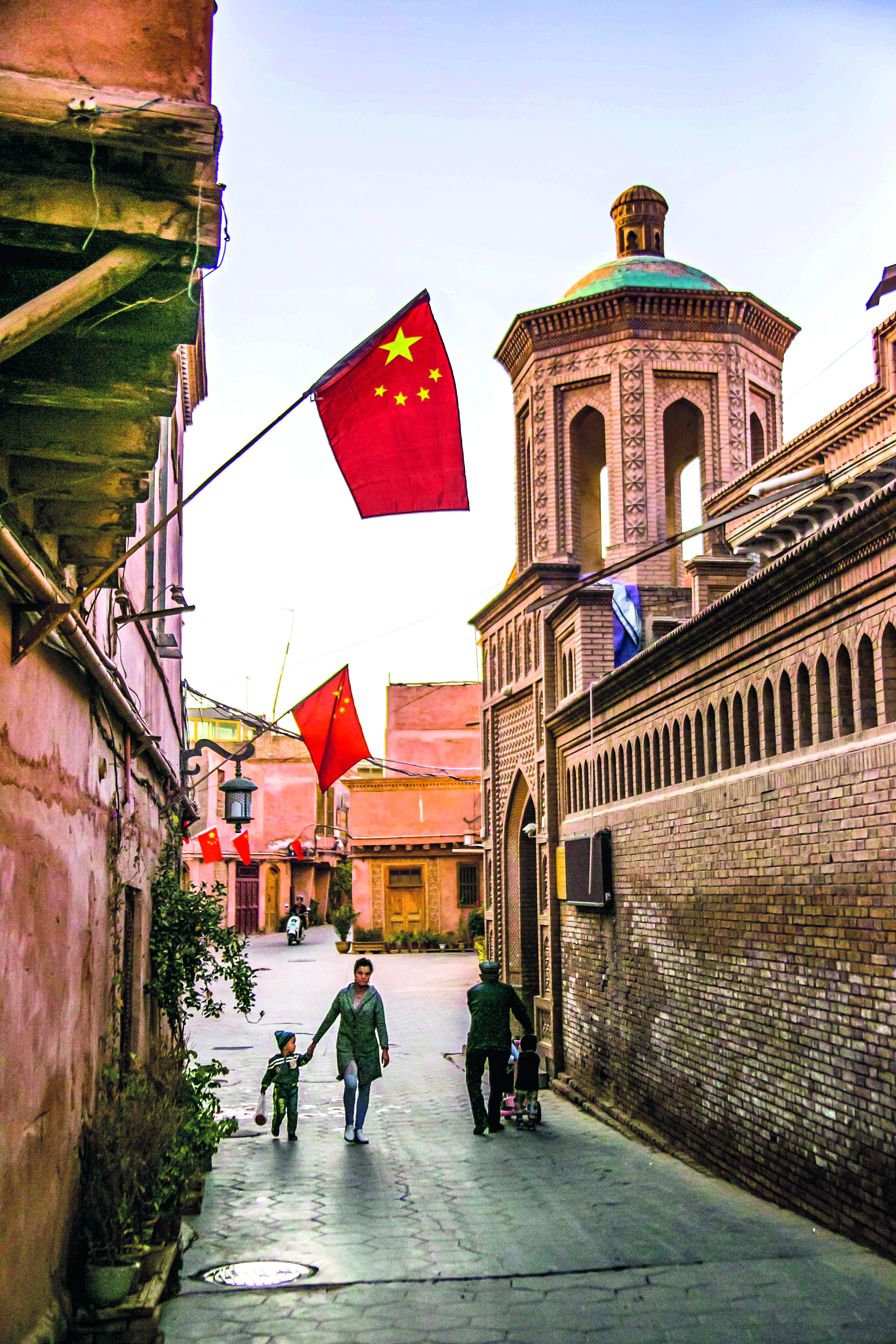
Kashgar is the only city in Northwest China's Xinjiang Uygur Autonomous Region that has been recognized as a national-level historical and cultural city. It is known for Uygur art, culture, folk customs and architectural style. The old city within Kashgar, located in the center of the city, is referred to as "Soul of Kashgar." It is home to one of the world's largest surviving groupings of earthen buildings, and it is home to China's only well-preserved, traditional historical district with typical characteristics of the country's ancient western region.
Kashgar, in the southwestern region of Xinjiang, was a famous trading center on the Silk Road, as it was where the northern, central and southern routes converged. Its geographic importance –– where east and west connected –– ensured Kashgar grew and remained the largest city in southern Xinjiang.
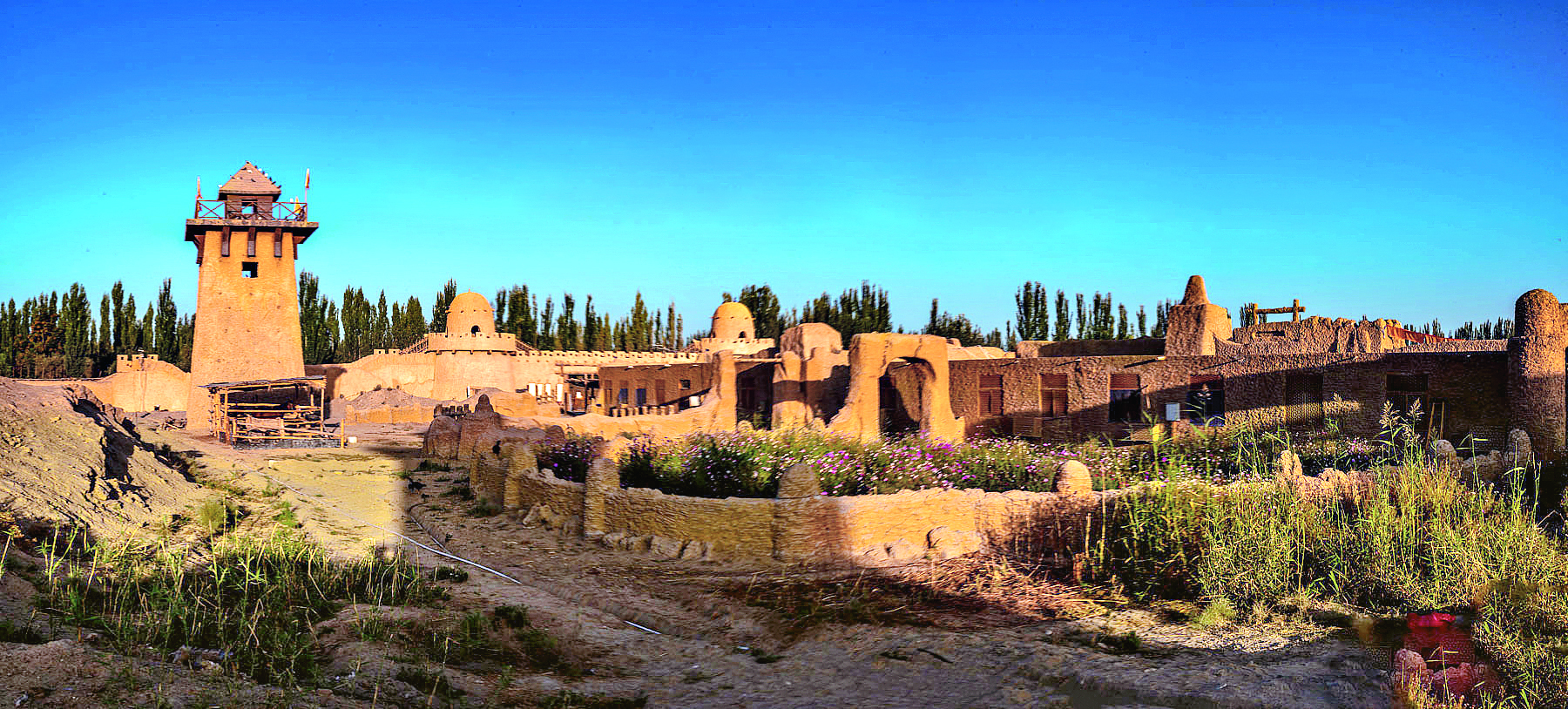
With the perfect mix of rich culture and natural landscape, Kashgar is a captivating tourist city. Well-known historical sites, such as the Tomb of Apak Hoja (also known as Xiangfei Tomb or Tomb of the Fragrant Concubine), the Id Kah Mosque, the Yarkent Khanate Ruins, terraced households, Moire Pagoda and Stone Town give people a glimpse into the historical and cultural changes in western China.
Kashgar offers an overwhelming array of natural and primitive sceneries, such as the desert, an oasis, glaciers, snowy mountains and virgin forests. The most famous tourist attractions are the captivating virgin populus euphratica forests, Chogori Peak, the second-tallest mountain on earth, and Muztagh Ata ("Father of Ice Mountain" in the Uygur language), which is famous for its snow-covered scenery and glaciers.
Kashgar Old City scenic area is one of the most appealing destinations in Xinjiang, and it is most emblematic of the region's historical and cultural landscapes. With more than 2,100 years of history, it covers the core area of the old city, including the Id Kah Mosque and terraced households. With a labyrinth of streets and alleys, studded with buildings of varied heights, the old city is a well-preserved urban neighborhood that features Islamic culture.
Everyone who visits the old city will become instantly absorbed in its architectural arts and cultural symbols, and embraced by the thick ethnic atmosphere. More than 1,200 years ago, it was the palace of the Karakhanid Empire. Most of the people now living there are descendants of the royal family. The residents like to invite tourists into their homes, fete them with home-made delicacies (authentic Uygur tastes), let them experience Uygur customs, and show them how to make traditional Uygur crafts.
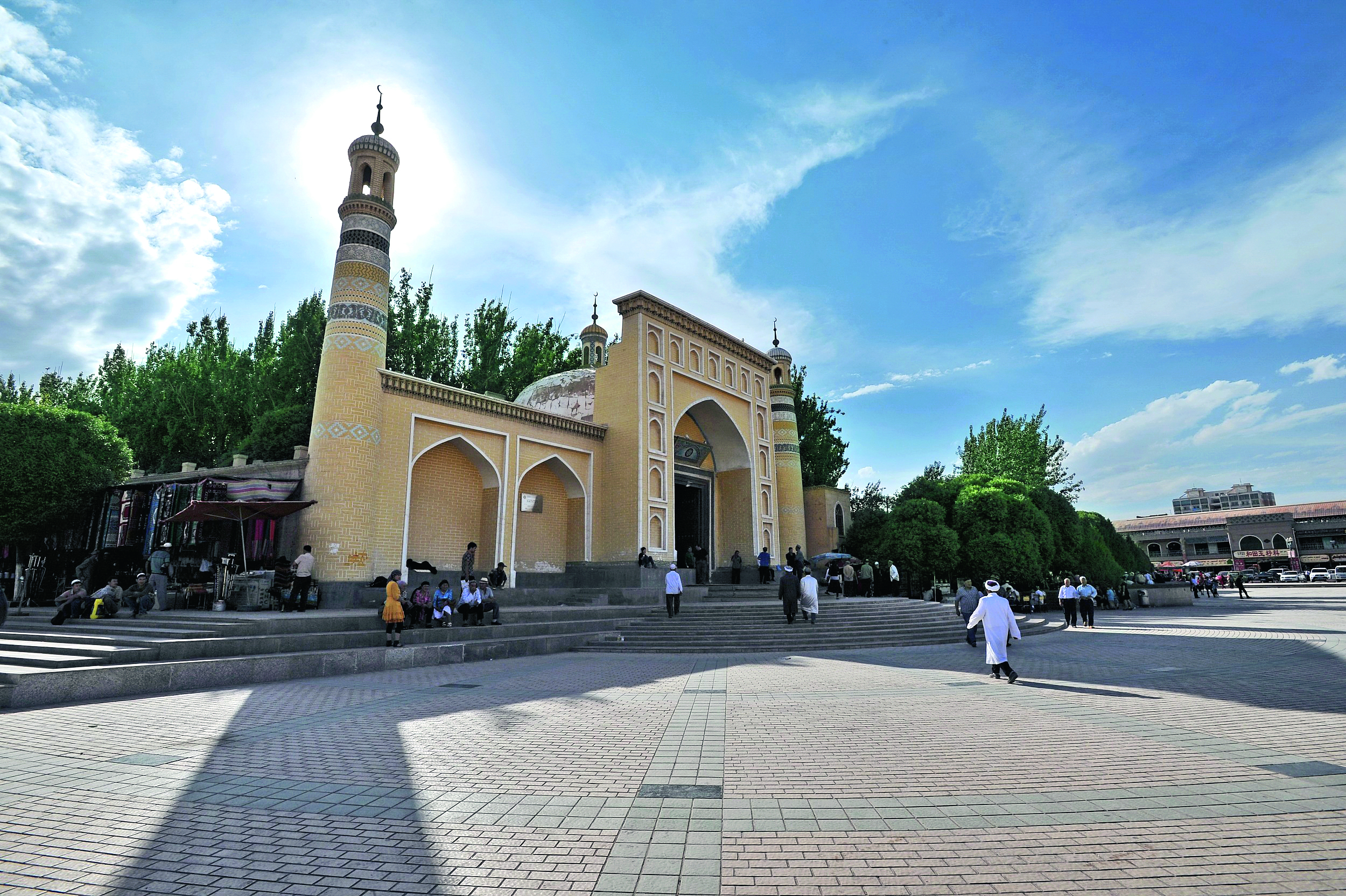
Uygur dwellings have a unique architectural style, the influence of Islamic culture and the local natural environment over the centuries.
Terraced households, situated in the northeastern area of the old city, is a Uygur ethnic community. Built on a cliff, it accommodates nearly 600 families. The cliff has been around for more than 2,000 years, and the Uygurs began living there more than 1,000 years ago.
During the past millennium, it has developed into a residential community, with a unique architectural style that demonstrates Uygurs' talent in creating living spaces with limited resources. Many of the houses, although made of mud and poplar, have existed for hundreds of years, or even more than 1,000 years. Earthen buildings line the narrow and winding laneways.
Terraced households have been hailed by Chinese and foreign tourists as "a living folk museum of Uygur" that exhibits the living environment, carving and painting arts and traditional crafts of the Uygur people.
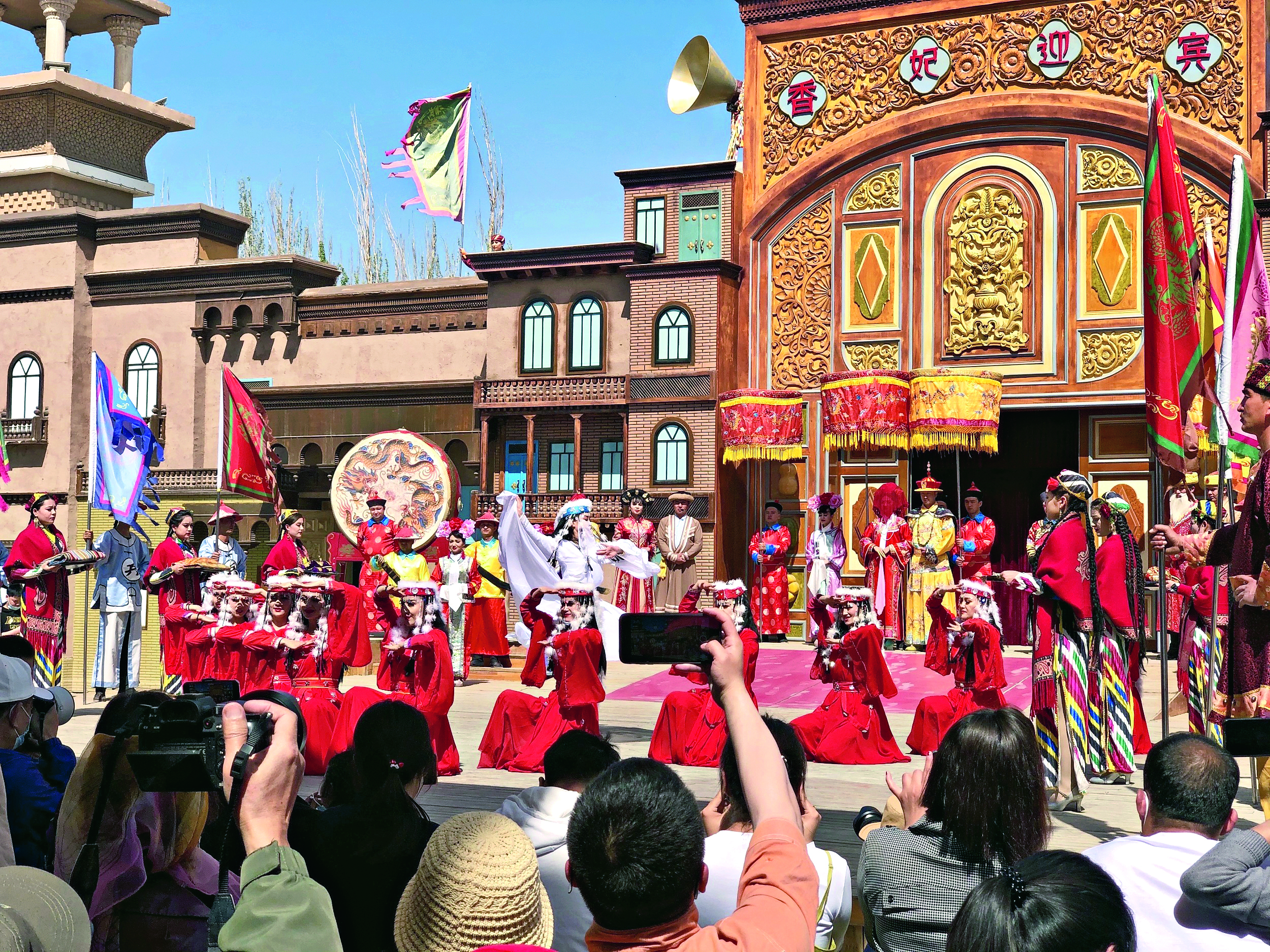
Uygurs have a strong attachment for their homes and homeland. Several generations of a family usually live under one roof, in a courtyard house.
As the family grows bigger, new houses will be built in the courtyard, and one or two stories will be added to the original house. Perched on hillsides, Uygurs make full use of space when building their houses.
At some houses, the second-floor rooms are built over an alley, creating more living space without affecting the pedestrians. Some second-floor rooms protrude from the house to cover only half of the alley. Some alleys are capped by buildings, suspended overhead, and those buildings resemble blockhouses, at least from a distance.
When walking into a Uygur's courtyard, you will surely see mulberry trees, grapes and roses. Uygurs, especially the women, are fond of growing flowers and trees. Uygur women like wearing hats, head scarves and dresses, especially with patterns of flowers, and they also like wearing fresh flowers.
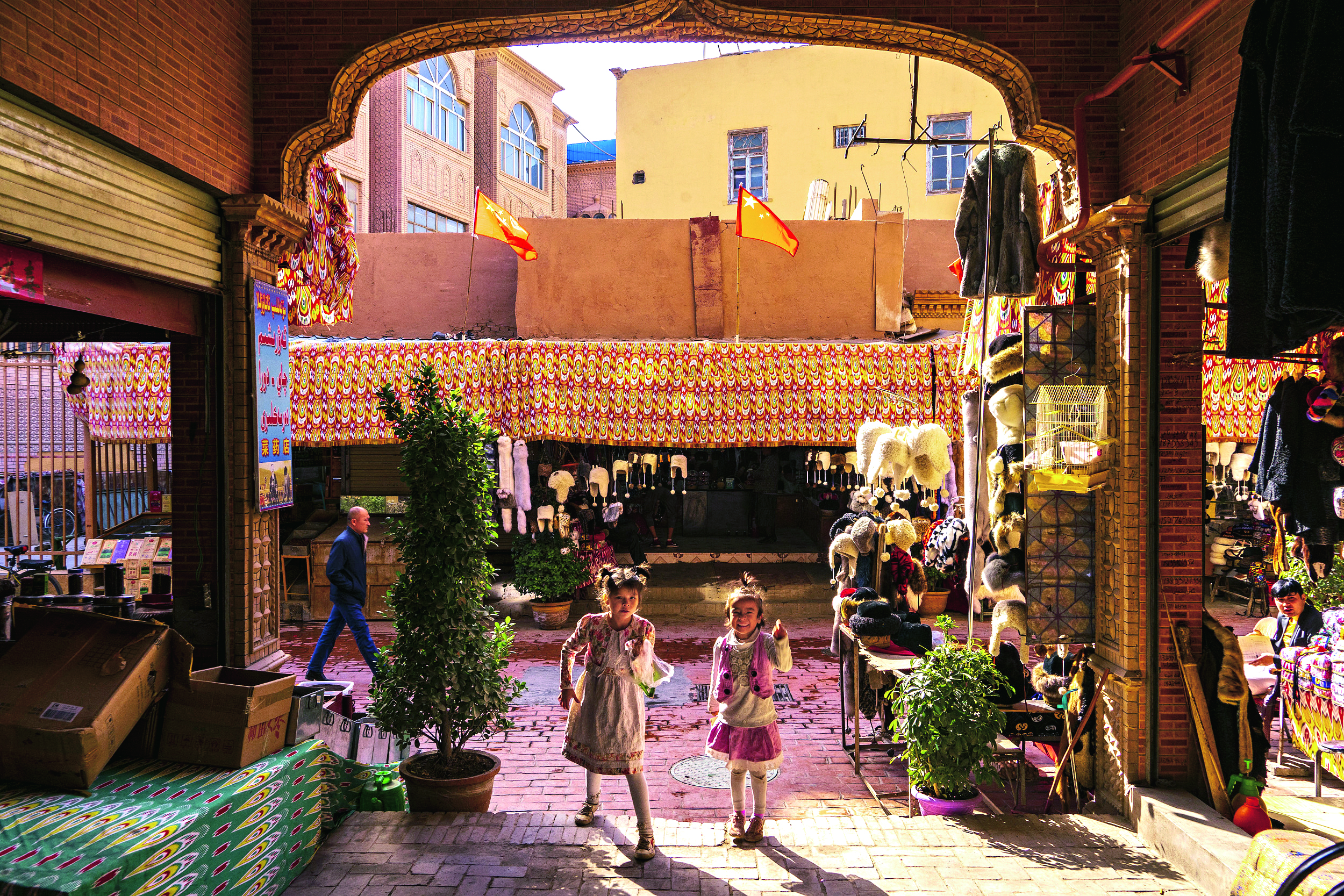
The tree-shaded courtyard exudes a tranquil and delightful charm. Some larger courtyards have grapevine-covered pergolas, which provide both cool shade and delicious fruit. On the front porch, in the courtyard, is usually an adobe bed, covered with a straw mat, felt or carpet, so people can sleep on a hot summer day.
Originally built in 1442, the Id Kah Mosque is the largest Islamic mosque in China. Its name in Uygur means the supreme mosque, and it is a gathering place during festivals. Blending the unique local and ethnic architectural characteristics, the Id Kah Mosque is a landmark in Kashgar.
The Id Kah Square, outside the mosque, is an important venue where Muslims in Kashgar conduct their daily activities. The square's facilities were greatly improved during its renovation and expansion; yet, the square's strong ethnic characteristics have been well preserved.
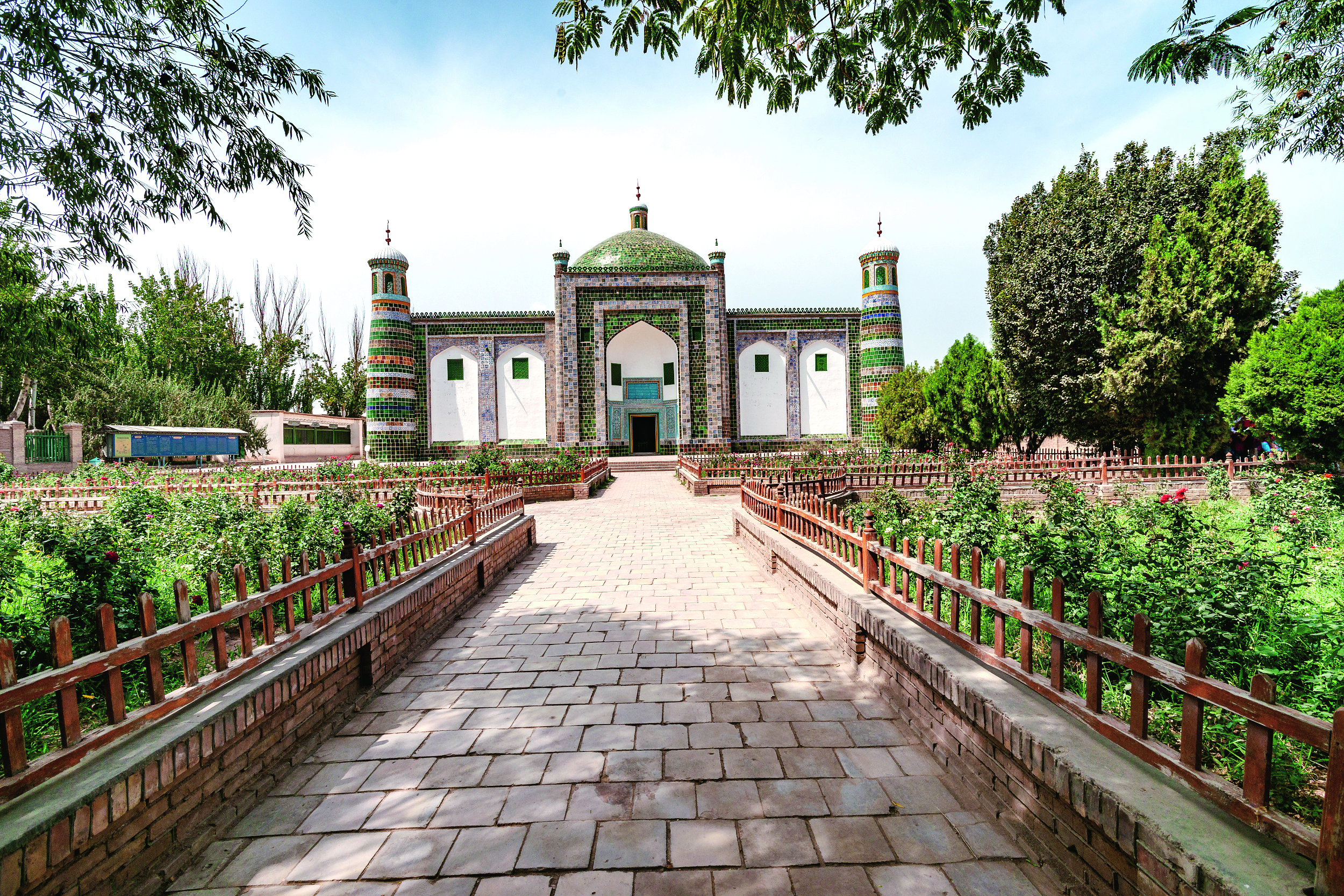
People visit the square for sightseeing, shopping and leisure activities. The tower at the square offers a bird's-eye view of the entire scenic area, and a long-distance view of the unique dwellings of Kashgar's old city.
Kashgar is also known as the land of music and dance. As early as 1,000 years ago, Kashgar's music and dances were introduced to the central plains, and, during the Sui (581-618) and Tang (618-907) dynasties, they became famous in Chang'an (today's Xi'an, capital of Northwest China's Shaanxi Province), then the capital of Sui and Tang. Kashgar's folk music and dances are an indispensable part of the Chinese art of music and dance. Uygurs are generally good at singing and dancing.
Tourists who visit Kashgar during Eid al-Fitr and Corban festivals will have the opportunity to join in the grand celebration.
Photos Supplied by VCG
(Women of China English Monthly April 2022 issue)
Please understand that womenofchina.cn,a non-profit, information-communication website, cannot reach every writer before using articles and images. For copyright issues, please contact us by emailing: website@womenofchina.cn. The articles published and opinions expressed on this website represent the opinions of writers and are not necessarily shared by womenofchina.cn.




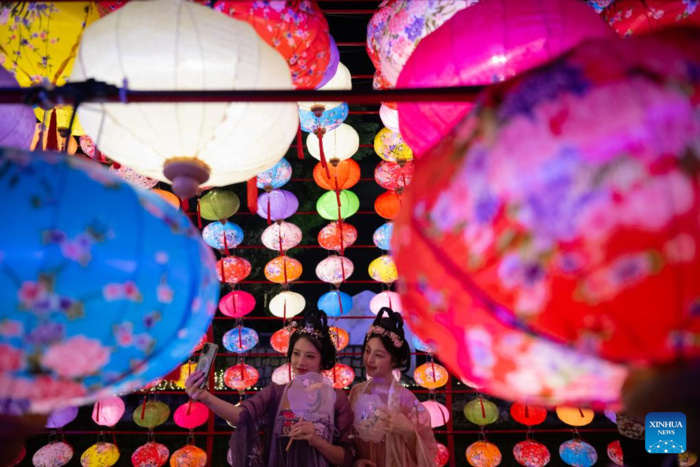

.jpg)

 WeChat
WeChat Weibo
Weibo 京公网安备 11010102004314号
京公网安备 11010102004314号